If you’ve spent time with Annie Leibovitz’s iconic work for Vanity Fair, you might be familiar with her signature use of canvas backdrops. Many of them were created by the artist Sarah Oliphant, who’s made breathtaking backgrounds for the pages of Vogue and the runways of Oscar de la Renta. Over the years, Oliphant Studio’s fine-art approach to backdrops has significantly influenced the worlds of fashion, set design, and perhaps most of all, photography.
Browse YouTube, TikTok, and Instagram Reels, and you’re sure to find creative photographers taking their own approach to studio backdrops. Amid the DIY boom that came with Covid lockdowns, it’s been inspiring to see people getting their hands dirty and experimenting with materials, paints, and techniques. All textures and colors are welcome.
In portraits and still lives alike, backgrounds are essential for providing contrast and complementing your subject. While creating depth and interest, they also help cut down on any clutter or distracting elements that might draw focus from your sitter. In commercial photography, the right background also makes your images more versatile, as many advertising buyers will look for negative space or “copy space” where they can add their own brand messaging or logos.
Here are just four types of handmade backgrounds you can create at home for your next commercial Licensing shoot.
Canvas backdrops
While professional canvas backdrops tend to be pricey (some can be hundreds or even thousands of dollars!), you can save by making your own. Canvas backdrops are made for dying and painting, so you can also get creative here. Another bonus is that canvas is durable, so if you take good care of it, you’ll be able to hold onto it and reuse it over and over. Just remember not to fold your canvas backdrops, as wrinkles can be difficult to smooth.
To paint your own canvas, you’ll need white PVA primer, matte paint, sponges, rollers and brushes, and the seamless canvas itself. You can get most of these at your local hardware store, and you can shop canvases at an arts or craft shop (some of these come pre-primed, which will save you time). Be sure to pick up some plastic sheeting as well to protect your workspace from paint splatter. For safety, you’ll need a spot with plenty of ventilation, so open the doors and windows, or work outdoors. You also want a flat surface for painting.
To prep, steam your canvas. Depending on your workspace, you might be able to staple it down to keep it from moving. From there, start with the primer (mixing it with water), lay down a base color, and then add colors to taste using your brushes and sponges. Often, photographers will use different shades of the same hue for a monochromatic look. Try adding water to your paint for lighter coats. You’ll apply several coats and layers, so feel free to experiment with different application techniques to achieve the texture you want.
Paper backdrops
Paper is more cost-effective than canvas, but the trade-off is that it won’t last, so plan to use it for one-off photoshoots. “We have seen some amazing works utilizing paper backdrops in creative DIY ways that make for unique, one-of-a-kind photos,” the 500px team tells us. Paper backdrops can be painted, cut, layered, and more.
You can even use paper or tissue paper to create a fringe backdrop. All you need is paper, scissors, foam board backing, and tape or staples. Cut out the fringe, and then apply them in layers. Alternatively, you could also use paper to cut out shapes (e.g., flowers, hearts, stars, polka dots) and hang, pin, glue, or tape them onto another background (fabric works here too).
You can also invest in professional-quality, matte seamless backgrounds and mix it up by crumpling, layering, and otherwise “bending the rules.” Cut a smaller piece and tape it to a larger one, or go bold with a wrinkled texture. Finally, for smaller subjects (such as tabletop shoots), cardboard can be painted similarly to how you’d paint canvas, beginning with a solid base coat of matte paint (no water added) and then moving into layers of sponge or brush-applied texture (with watered-down paint).
MDF backdrops
“MDF is great for getting seamless backgrounds in any color with any texture you want,” the team at 500px explains. “As a more versatile alternative to wood boards, it will cut down on sanding and, in some cases, priming.” Medium-density fibreboard, or MDF, is a product made from wood fibers that have been pressed into a smooth surface, making it especially suitable for painting.
For this DIY technique, you’ll need an MDF board of the appropriate size (depending on your subject); plastic sheeting (to protect your surface); paints, brushes, rollers, and sponges. You can buy MDF board with or without laminate; if you choose the former, you probably won’t need a primer. If your board does not have any laminate, go ahead and add white primer first. You can go abstract as you would with a canvas backdrop, or you can use tape to paint straight lines or patterns.
“MDF can be repainted, so it can save you money in the long run, and you can buy it in a variety of thicknesses, depending on how you plan to use it,” the 500px team elaborates. Another trick you can add to your toolset is using MDF as a backing for another background, such as adhesive vinyl. Vinyl is a go-to for some photographers because of its durability and easy cleaning, and you can find it in tons of solid colors and patterns. Of course, you can also mix any number of materials with your MDF background, such as paper cutouts for a colorful twist.
Upcycled backdrops
Save your wallet and lower your environmental footprint by using and repurposing materials you already have. “Old tabletops and fence boards can be used to create a base for product shots,” the 500px team says. “You only need to sand, stain, and paint them to get the desired effect.”
Marble, stone, and metal surfaces also work, especially for small still life shoots, so keep your eyes peeled for things at home that might be appropriate. You can also browse your closets and local thrift shops for tablecloths, sheets, curtains, and other fabrics that can be used for backdrops. We’ve even seen rugs and towels used. Have fun with it; choose a solid color, or embrace a vintage pattern.
Not on 500px yet? Click here to learn about Licensing with 500px.

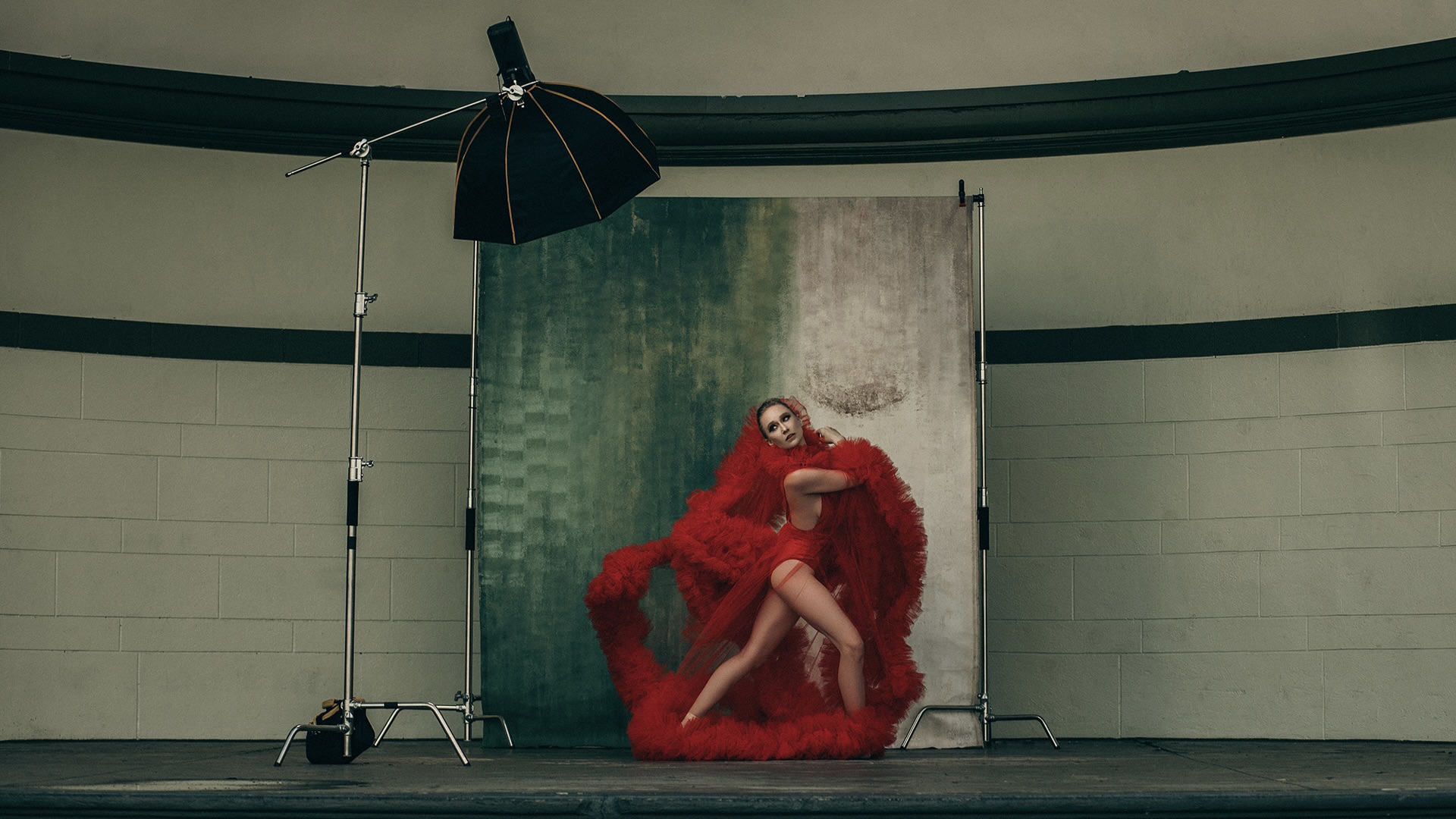
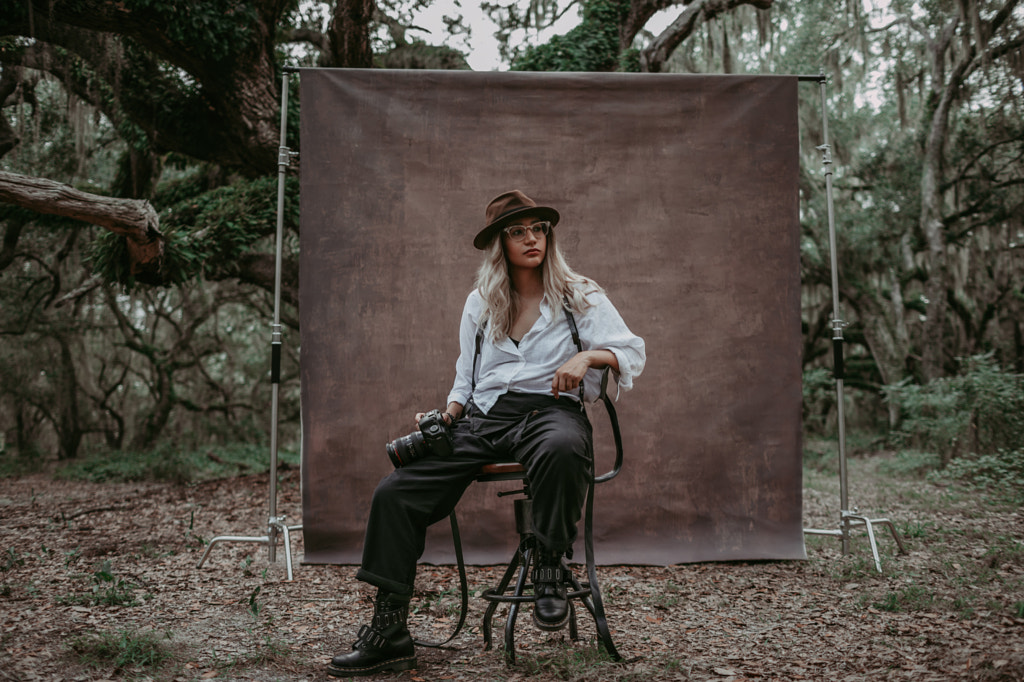
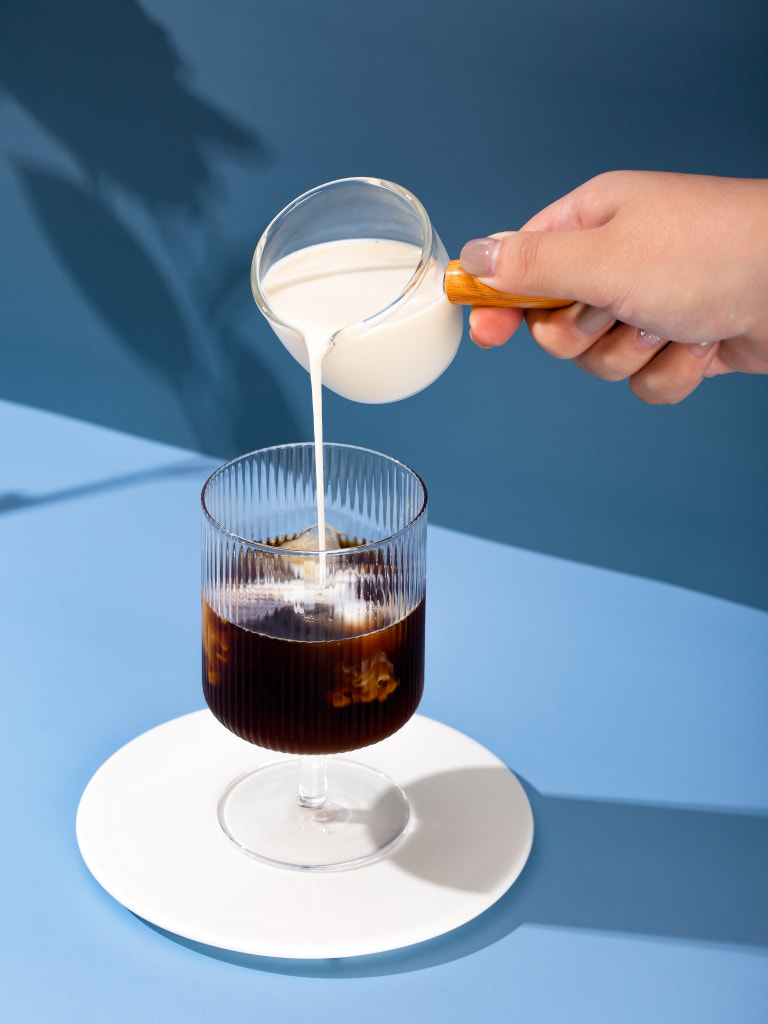

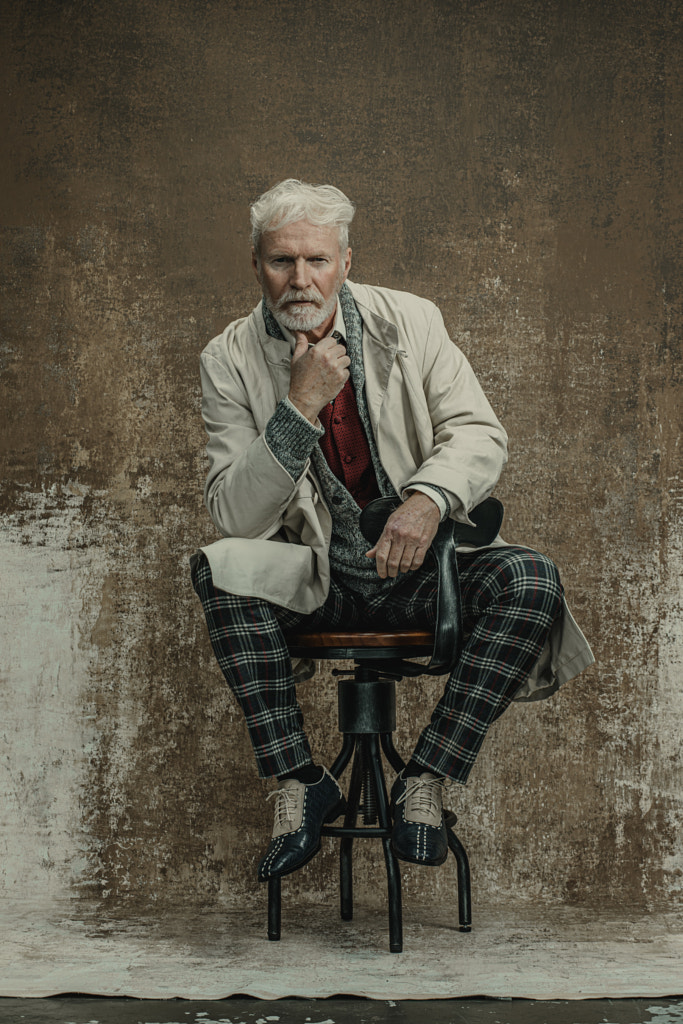


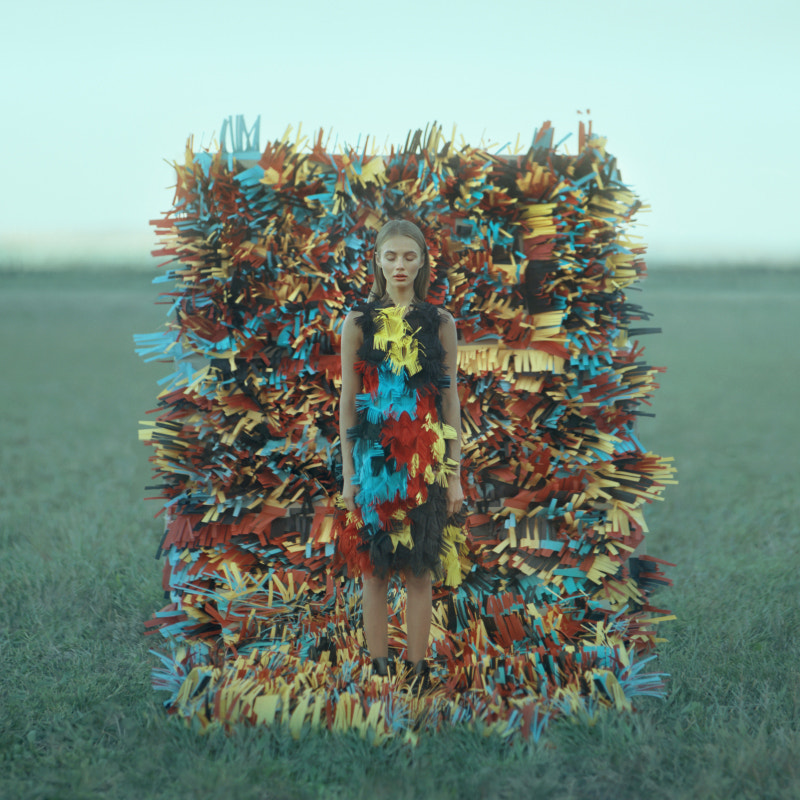
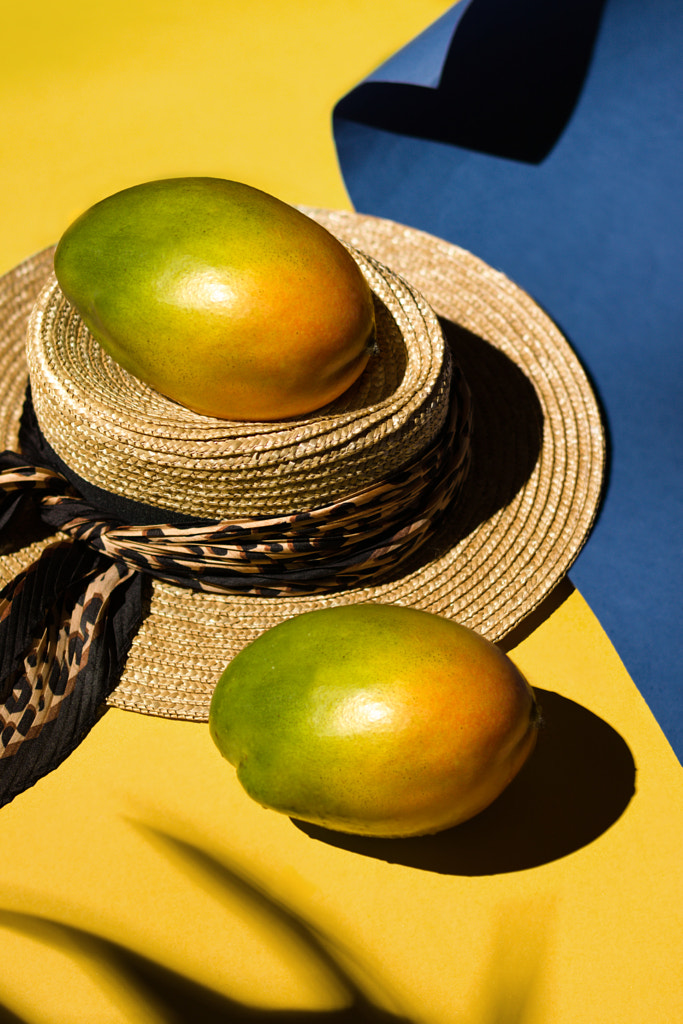

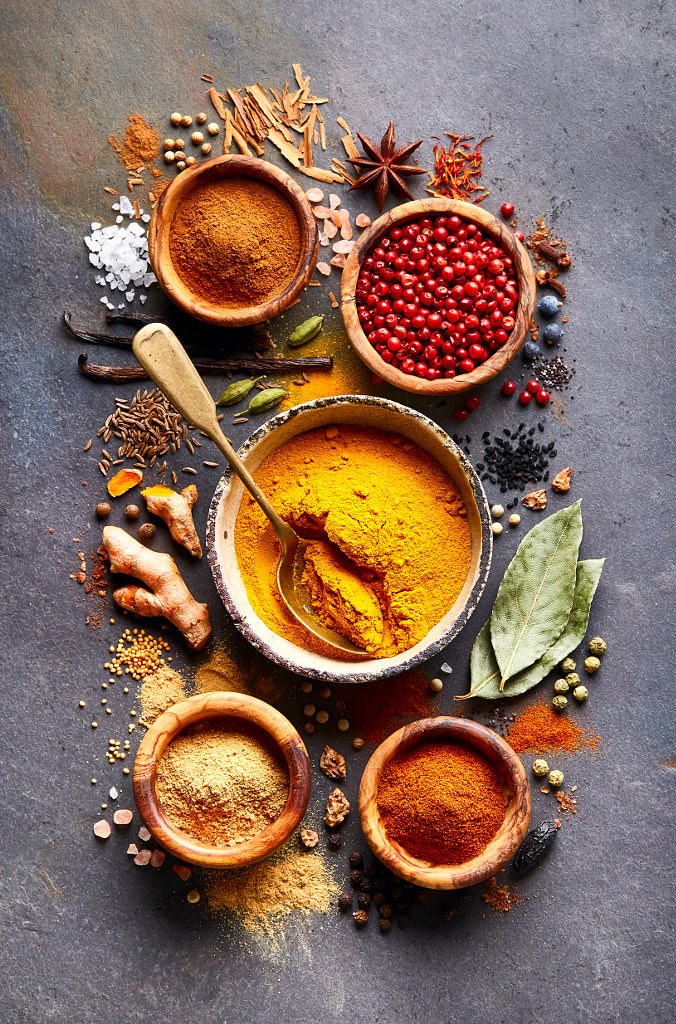
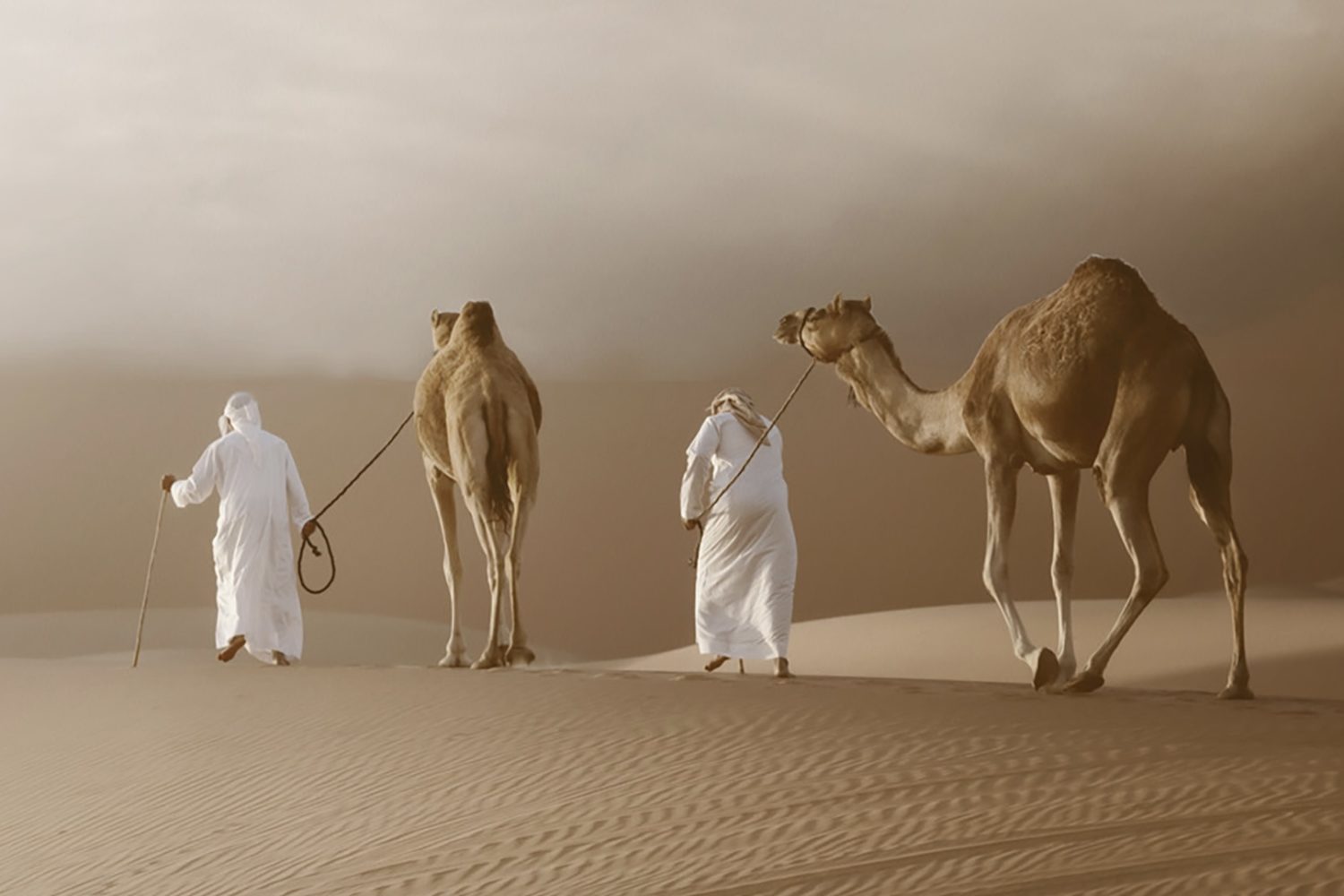
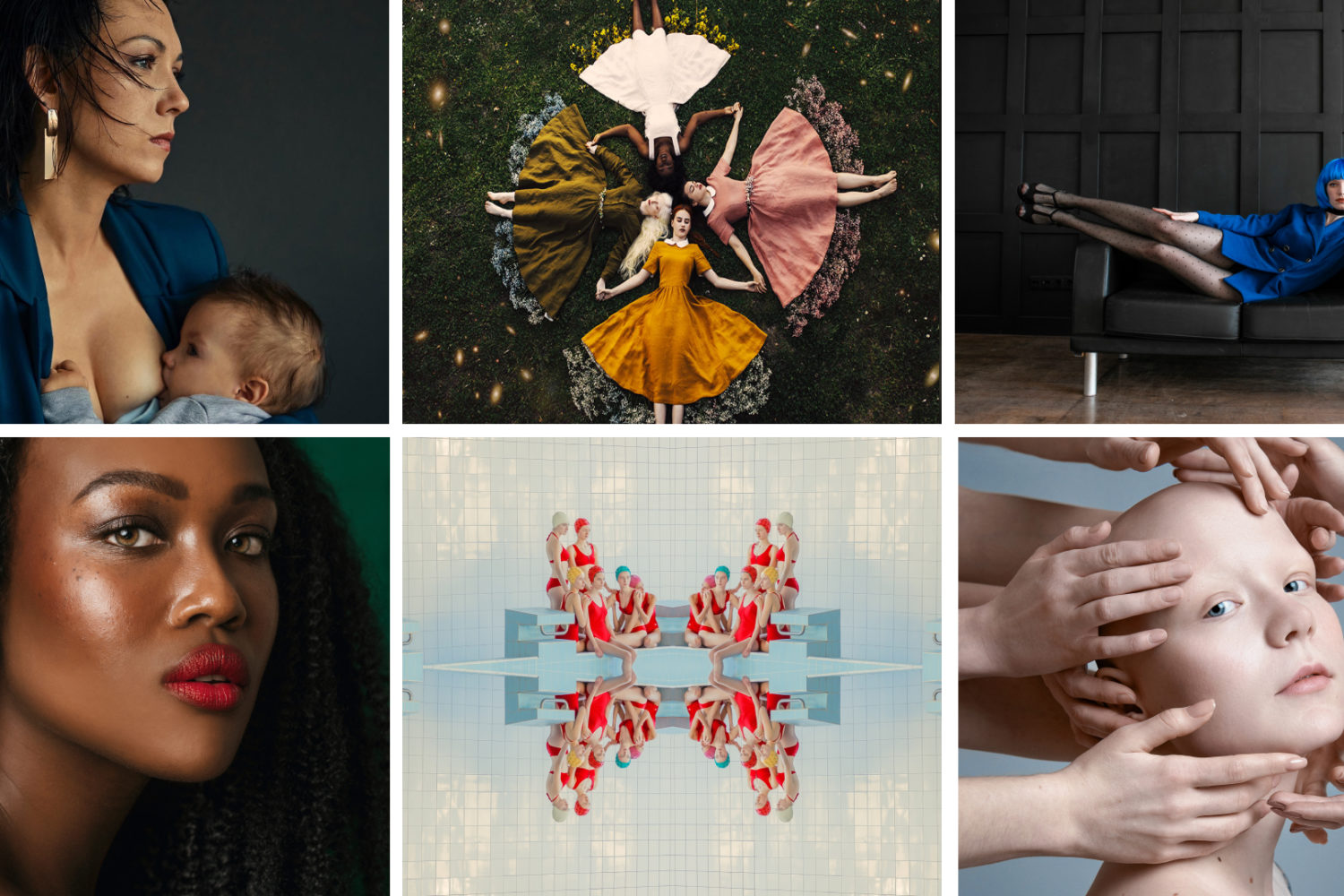

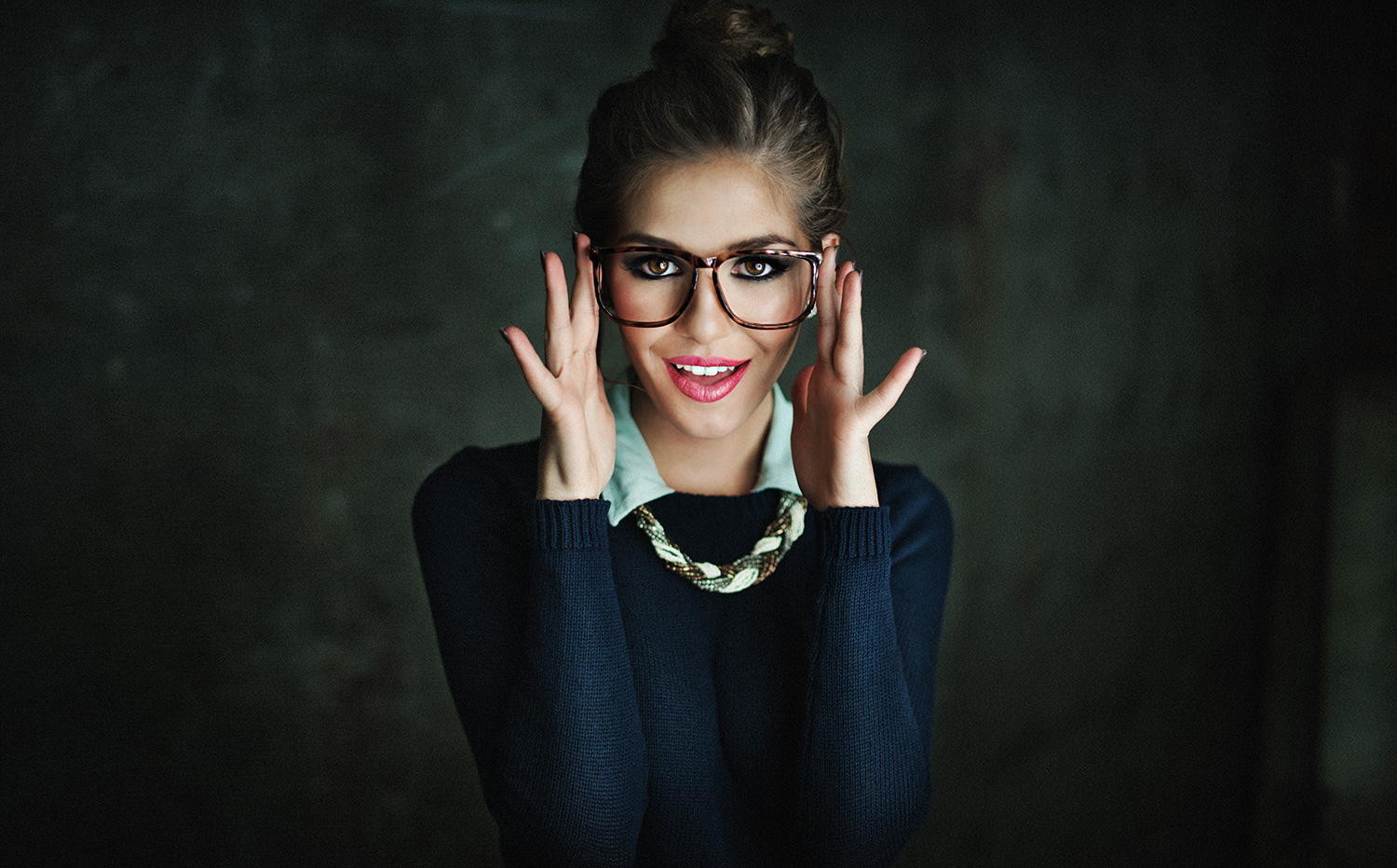

Leave a reply